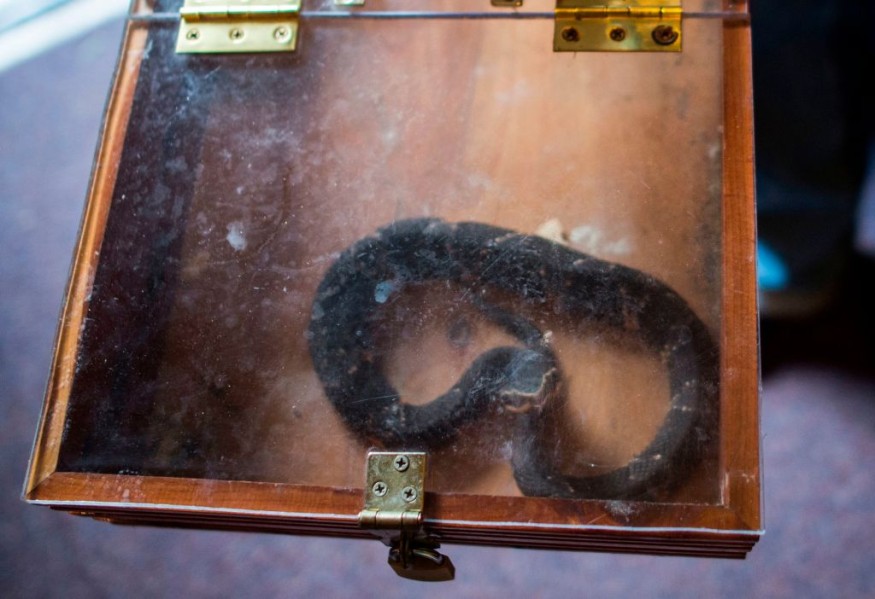
Even before they are born and leave the pregnant snake's womb, copperhead baby snakes are already learning how to hunt in the wild.
If you don't believe it, a footage filmed by researchers at the Chiricahua Desert Museum in New Mexico will show you.
This behavior observed in copperhead snake fetuses are known as "caudal luring," according to NewsWeek. This technique is used by certain species of snake to attract prey, including the venomous copperhead.
The account may have begun with vipers (Crotalinae), and was first described in 1907 in copperheads (Agkistrodon contortrix).
However, the findings published in the journal Open Science by the Royal Society showed that the snakes begin to learn this behavior even before being born.
With the power of imaging instruments, the prenatal behavior of vertebrates has been discovered to be far more complex than previously believed, according to a new study.
Caudal Luring in Juvenile Snakes
Not all snake species use caudal luring, but the copperhead snake does, shortly after birth.
According to a journal article on a review of caudal luring - published in JSTOR - juvenile snakes primarily carry out this behavior.
The waving or wriggling of the conspicuous tail is meant to attract prey so the latter will often mistake the tail movements for a worm-like or caterpillar-like creature, but become prey themselves when they come within the snake's striking distance.
The reptile's tail coloration also helps lure the small animals close, and that the combination of both coloration and behavior does not fail.
It has been reported in a number of snakes and has often been secondarily commented upon in semipopular literature.
While scientists have already observed prenatal behavior in mammals and birds, this is the first time it has been observed in copperhead species.
"Prenatal movements in humans and other vertebrates are known to be important for musculoskeletal and sensorimotor development," the study's authors wrote.
"The fetal behaviors we describe for copperheads, and possibly other snakes, may be similarly important and influence early survival and subsequent fitness."
'Largely Understudied' Fetal Behavior
According to the study, the observance of said behavior was an accident, and was elaborated and assessed through ultrasonography.
"Although each of the prenatal behaviours and activities previously mentioned is context-dependent and has different functional outcomes, they lend key insights to our overall knowledge of how developing embryos prepare for postnatal life and survival," according to the study, whereas this understanding provides invaluable clinical perspectives for making specific diagnoses of fetal behavior in other vertebrates, "important for understanding the evolutionary context for behavioral development."
During an assessment, scientists observed 11 snake fetuses moving their tails the same way juvenile snakes do, and "indistinguishable" from caudal luring.
Scientists used the same method in two species of rattlesnakes, which do not caudal lure, and none of them exhibited the same.
With only a small sample of subjects, scientists are determined to research more and determine whether these tail movements occur in species that do not caudal lure.
However, it certainly appears that these tail movements are "an essential developmental precursor" to the hunting behavior of copperhead snakes.
Related article : 5 Most Endangered Animals Living in Europe
© 2025 NatureWorldNews.com All rights reserved. Do not reproduce without permission.





